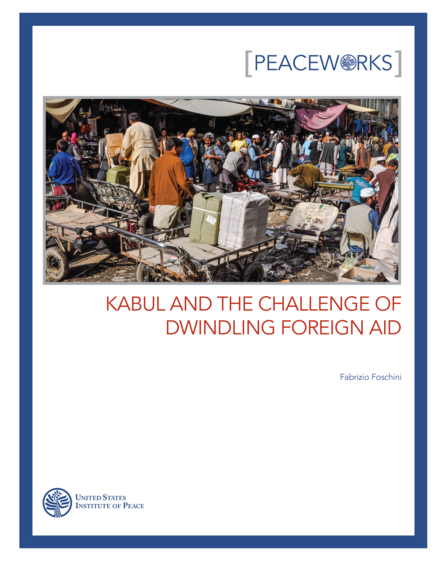Ajai Sahni
While sufficient details of the April 24 attack in Sukma that has resulted in the loss of the lives of at least 25 Central Reserve Police Force (CRPF) personnel are not yet available to make any definitive assessment of the circumstances that led to this latest debacle, there is no doubt that a sequence of negligence and neglect of the basic lessons of the past, as well as, possibly, established standard operating procedures (SOPs), will have afflicted the deployment and actions of this unit, as was found to be the case in the March 11 incident in which 12 CRPF jawans were killed in the same district. In both incidents, the target units were deployed to protect road building parties, and were following a predictable routine in an area of significant and enduring vulnerability.









